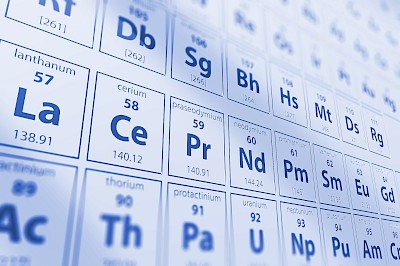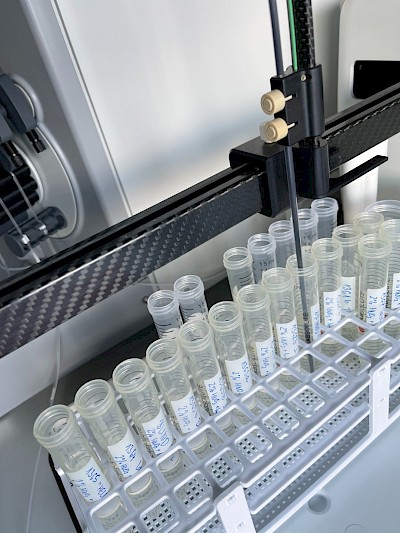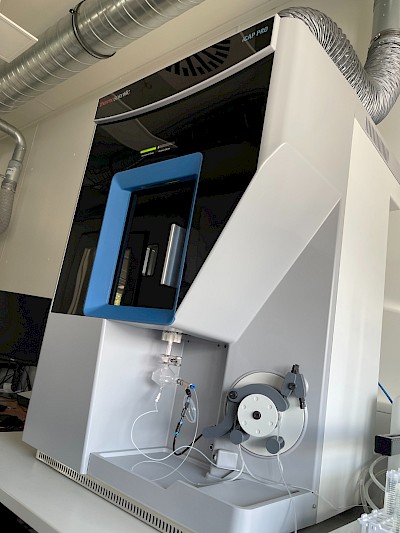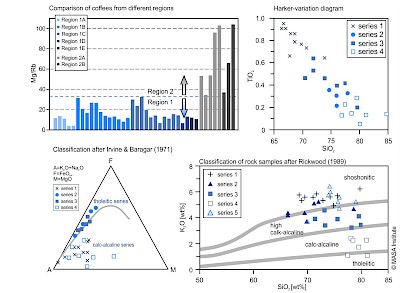Element analysis
We offer elemental analysis of solids and fluid samples for customers from industry, science/research and the private sector. Depending on your requirements, we can develop and offer customised analysis methods and strategies.
All materials consist of elements. These element samples are eligible to:
- Characterize manufacturing and formation processes
- Determine origin/provenance
- Determine product authenticity/product adulteration
- Characterize heavy metal contamination
- Determine the water quality
- Answer forensic questions
We offer you high-quality, scientifically recognised analysis methods and strategies in our qualified laboratory. If necessary, we are also happy to provide suggestions for customised analyses at your request.
Our methods
ICP-MS analytics
The analysis via ICP-MS (Inductively Coupled Plasma-Mass Spectrometry) is carried out on an iCAP TQe from Thermo Scientific©. For this analytical method, the samples - if they are not already in a fluid phase - are transferred into a solution using different digestion methods. With the help of ICP-MS, the smallest sample quantities can be analysed for a large number of elements (up to 69). To further enhance the results, the method can be combined with ICP-OES analysis.
Please contact us! We will be happy to advise you and provide an offer tailored to your needs.
ICP-OES analytics
As for the analyses on ICP-MS, the sample material is brought into solution with the help of various digestion methods, if necessary. In addition to ICP-MS, ICP-OES (Inductively Coupled Plasma - Optical Emission Spectrometry) analysis also offers the possibility of simultaneously determining a wide range of elements (especially the main elements) in high resolution. We carry out the analyses with an iCAP Pro XP from Thermo Scientific©.
X-ray fluorescence analysis (XRF)
For the analysis of solids - especially if they are difficult to bring into solution - the XRF method can be used. Depending on the method, either melt tablets or powder pellets are prepared from the sample material. Alternatively, spatially resolved XRF measurements can be carried out directly on the samples.
Prompt Gamma Activation Analysis (PGAA) and Neutron Activation Analysis (NAA)
The PGAA as well as the NAA allow an almost non-destructive analysis of major and trace elements. The method is particularly suitable for the analysis of light elements (H and B) and trace elements such as Cd, Hf, the platinum group elements or also the rare earth elements. It can be performed on solids as well as on liquid and even gaseous samples. PGAA and NAA analyses are used in combination if required. The PGAA/NAA analyses are carried out at the research reactor of the Heinz Maier-Leibnitz Centre (MLZ) in Garching near Munich.
Applications
- Museum and archaeological artefacts: ceramics, ivory
- Geoscientific samples: rocks, soils, raw materials, salts, brine samples
- Foodstuffs: tea, coffee, drinking water
- Pharmaceutical products
- Product authenticity/product counterfeiting, also of individual components
- Electronic components of all kinds (individual components)
- Metallic alloys of all kinds (checking of data sheets)





